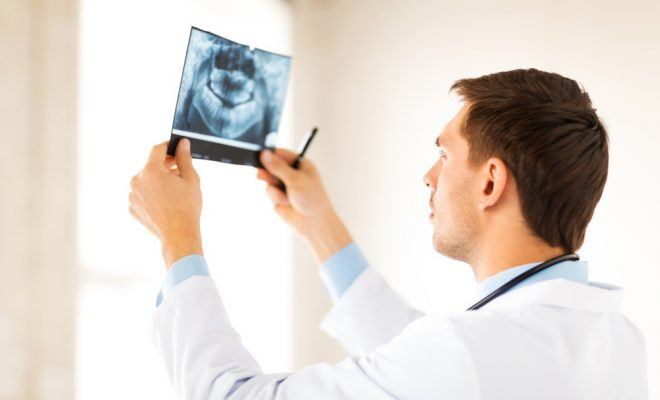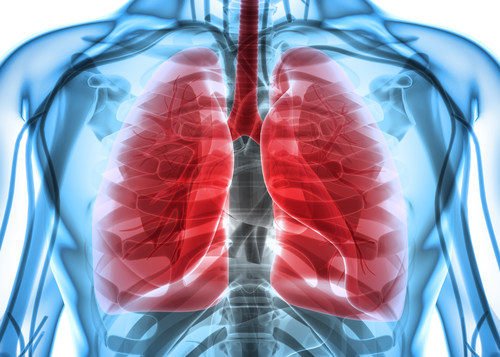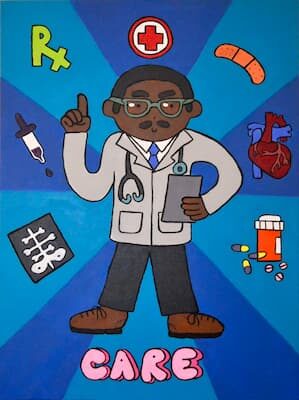COVID-19 AND LAW ENFORCEMENT: WHAT YOU NEED TO KNOW
From the onset of the COVID-19 Pandemic, Law Enforcement has been asked to perform their job duties. In doing so, they have interacted with both the public and co-workers. As a result, many Officers were exposed to the coronavirus. Many of these Officers have either (a) contracted coronavirus and became symptomatic or (b) contracted coronavirus and remained asymptomatic. As a result, prior to extensive testing, many Officers may have unknowingly suffered from an asymptomatic coronavirus infection.
A recent Italian Study offers some insight into these issues.
What Was the Conclusion of the Study?
The study found that many of the Officers tested had the presence of anti-bodies. This suggested that many Law Enforcement Officers had considerable industrial exposure to Covid-19. Garbarino S, Domnich A, Costa E, et al. Seroprevalence of SARS-CoV-2 in a Large Cohort of Italian Police Officers. Int J Environ Res Public Health. 2021;18(22):12201. Published 2021 Nov 20. doi:10.3390/ijerph182212201
Were There Any Recommendations from the Study?
The study suggested the need for boosters for Law Enforcement Officers. It was noted that “[c]onsidering both the relatively high occupational exposure and progressive waning of the neutralizing antibodies, the booster COVID-19 vaccine dose should also be prioritized for police employees.” Garbarino S, Domnich A, Costa E, et al. Seroprevalence of SARS-CoV-2 in a Large Cohort of Italian Police Officers. Int J Environ Res Public Health. 2021;18(22):12201. Published 2021 Nov 20. doi:10.3390/ijerph182212201
What Else Does This Study Mean?
Law Enforcement Officers should consider anti-body testing to determine whether they have natural immunity. This testing may assist them with their personal health decisions.
What Else Does This Study Imply?
In light of the significant likelihood of industrial COVID-19 exposure, Law Enforcement Officers should consider pursuing a workers’ compensation claim if they suffer from a symptomatic infection.
What If I Need Legal Advice?
If you would like a free consultation concerning any workers’ compensation case, please contact the Law Offices of Edward J. Singer, a Professional Law Corporation. They have been helping people in Central and Southern California deal with their worker’s compensation cases for 28 years. Contact us today for more information.




